The Leap: Scenes from a Regenerative Revolution
By: Rajiv Sicora
Jim Knopik has been farming longer than anyone in the room. When it’s his turn to address our impromptu gathering, he glances around the dinner table, briefly making eye contact with a few of the twenty so or folks here—many of whom he’s inspired or mentored over the years—then he launches right into it.
“I live west of Fullerton, Nebraska. I have since I was a year old. When I was a year old there were 49 residences within two miles of that place. Now there’s four. So I guess I see what the importance of community is because it’s been lost.”
Jim apologizes and leans forward in his chair, resting on his elbows, overcome. It’s a long moment. Everyone firmly but silently communicates their support. And for our three-member Leap delegation, it really hits home that this is not going to be an ordinary listening session.On a research trip to the Omaha area, we’re meeting with a group of Nebraskans who champion a small-scale, sustainable approach to farming known as “regenerative agriculture,” to hear about their hopes and challenges going up against the corporate status quo. Nobody here who knows Jim has heard him talk like this before.
“Anyway,” he abruptly continues, “there’s a lot of good things that come from community, and that for the last 20 years I’ve been trying to bring back to ours.”
Go Big or Leave Home: Rural Farm Communities Are Dropping Off the Map
North Star, the village closest to where Jim grew up, simply no longer exists. “This is what’s happened all across rural parts of Nebraska,” says Al Davis, a rancher and former senator in the state’s unicameral legislature. He fears that in many of these places, people are wondering if “it’s time to just say, ‘we’re going to have to figure out what towns to save and which ones are going to go away.’ And that is very hard for me to have to deal with.”
How did we get here? “My grandfather said the day the horses left and the tractor came was the day we replaced community with competition,” says Del Ficke, a leader in the local regenerative movement who’s hosting this discussion in his dining room. With the rise of Big Ag, you no longer had “neighbors working collectively to get the job done.” Instead, farmers got close to their corporate “captors” and increasingly decided to go it alone, to buy that bigger tractor, “never to talk to the neighbors again.” It’s a form of agriculture that was never capable of providing a good life, or sustaining good places to live in, we hear over the course of the meeting—and it’s brought us the near-extinction of small farms, along with the small-town economies that once surrounded and supported them.
This ravaging of rural communities is caused by some of the same forces that are driving climate change and economic inequality: huge monopolies that dominate our political system, hell-bent on extracting maximum profits while poisoning the earth, the people, and their communities.“This dysfunction in agriculture, I believe, is not only a mining of the land and the water and the resources,” says Kerry Hoffschneider, a journalist who works with Del. “They have finally come to mine the heart and the soul, and the heart and the soul of the farm family.”
A Conventional Crisis: The Absurd Violence of Industrial Agriculture
As with so many other sectors, U.S. agriculture has seen a relentless march towards “vertical integration,” with large corporations gobbling up more and more of the production and distribution process for their products. Farmers are left to contend with concentrated power at every turn. Perhaps best-known are the agribusiness giants like Monsanto that sell them seeds, fertilizers and pesticides, and technology; but just as insidious are the handful of big processors, meatpackers, and retailers that buy their food (while ruthlessly holding down prices), pack it in bulk, and ship it everywhere.
We hear more about how this squeeze works from Ben Gotschall, a no-nonsense veteran of the local resistance to Keystone XL. Davey Road Ranch, his regenerative operation in Raymond, is “fairly small,” home to some 30 cows and a modest tank that can hold about 150 gallons of milk. “We’ve never had a milk truck out here,” Ben says. “I grew up on a dairy farm where we did that back in the ’90s, and pretty much had to decide whether we were going to go corporate or get out of it.”
They soon found themselves selling milk to a “bunch of crooked bastards,” he explains. Dairy farmers have long been under intense pressure to over-produce, and they “basically have no control over either the cost of production or the price for their products”—forcing “anyone who wants to play that game to become a huge, large-scale, super-high cost producer, which has all kinds of ramifications for land use, animal welfare, employee treatment. Just the way you operate.”
Indeed, “degenerative” agriculture is already notorious for its exploitation of migrant workers, as well as the farmers who raise animals owned by Tyson or Cargill under abusive contracts; for confining and brutalizing those chickens, hogs, and cattle, and churning out industrial food worthy of the name—homogenous, unfulfilling, even life-threatening; and for pummeling the land and water with fertilizers, pesticides, and waste.
Those chemical inputs are not only greenhouse-gas intensive to make. Their widespread, intensive use is also bringing us closer to the climate cliff, by degrading the soil and slashing its capacity to store carbon. They come with crippling price tags, too—and then the farmers are battered even further by the droughts that this food system is helping to fuel.
The Climate Movement Needs to Get Serious About Food
The Leap Manifesto—in one of its 15 demands sketching out an integrated response to the crises of our time—calls for “moving to a far more localized and ecologically-based agricultural system.” But in truth, the North American climate movement has not focused nearly enough on agriculture, even though we’ve long understood food justice as a key site of struggle around the world.
In this part of Nebraska, we see firsthand just how urgent and valuable that task is. Our new friends are doing something extraordinary: at the same time as they battle Big Ag, they’re seeding the alternatives that can rise up to replace it.
Nancy O’Conner and Randy Ruppert are leaders in a growing campaign against Costco, which wants to build a plant on the nearby Platte River that would process a staggering 1.7 million chickens per week—owned by Costco, but raised on contract in factory farm conditions—while further menacing the area’s already polluted water. For the first time, this project would gift a retail conglomerate with total control over one its supply chains, stretching all the way from egg production to the infamously cheap rotisserie chickens sold in Costco’s stores. “When I think about agriculture,” says Nancy, “I think about growing things—that’s not what’s happening now. We have chickens, they each have a personality. They don’t come by the 43,000.”Nancy and Randy’s conservation farm in Nickerson is the first stop on our trip. Across 65 acres, they’ve spent the last nine years painstakingly restoring the grasslands native to this prairie. Brimming with biodiversity and colors that have disappeared from much of the state’s grazing lands, it is a stunning introduction to Nebraska’s regenerative community.
The next day, we get to go deeper.
It All Comes Down to Dirt
On a tour of his regenerative farm outside Lincoln, where he raises cattle and grows corn and soybeans, Del Ficke is urging us to dig up a handful of dirt and take a good, long hit.
This particular patch of land has benefited from sustainable practices for only a season or two, and Del wants us to see the worms already starting to appear, to feel the way the soil is softening up and getting nice and crumbly. And most importantly, to savor that smell. “Man, if you can’t feel the rush… I can see it in your eyes,” he reflects later. “I look at people’s eyes and I can say if they’re bullshitting me or if they’re legit.”
My colleague Anthony is not about to fail this test, and Del heartily pronounces that he gets it. But he worries that outside of the regenerative movement, too many “farmers don’t touch the soil anymore. Ranchers don’t touch the soil. They don’t even think about that soil. That’s our connection.”It’s also the foundation of a new food system that can help solve the climate crisis, rather than drive it.
Regenerative farmers like Del use a number of techniques to develop nutrient-rich soil, which yields far more (and far better) food without relying on chemical inputs. A fundamental one is “cover cropping,” or adding diverse plant growth to a normal crop rotation; by doing this in a season when the ground is typically bare, farmers put more living roots in the ground, and buy themselves extra time and space to graze cattle. And when they move those animals around their pasture strategically, known as “rotational grazing,” soil-nourishing grasses can replenish themselves more quickly. (Even more sophisticated is “silvopasture,” the cutting-edge use of forestry to provide shelter and additional nutrition for the cattle.)
Do all of this, explains Nate Belcher, a cover cropping expert who partners with Del, and you’re providing the conditions and raw material for “biology to rock and roll.” It’s all about “getting the soil in balance”: plants essentially pump carbon into that dirt, which helps to stimulate microbial activity, which in turn leads to healthier plant growth.
So the result is a kind of virtuous cycle linking emissions reduction, productivity, and the nutritional quality of your harvest. On top of all that, the land gets more effective at filtering water and holding it in the ground, better preparing farmers to face droughts.When farmers ask Del why Monsanto isn’t advertising these options, his response is typically unsparing: “When you go to a liquor store and buy alcohol, do they usually promote AA when you bring it to counter, or do they just sell it to you?”
But as a consultant and speaker who travels around the country to talk to farmers interested in making the transition, Del is actually a generous and devoted pusher of the dirt cure. He spent years toiling at the head of his family’s sprawling conventional operation, miserable and dogged by health issues; once he went regenerative, Del was able to cut his fertilizer and pesticide use by about 90%, and tripled his per acre income, freeing him up to re-envision the farm on a manageable, human scale. The 7,000 acres he was leasing became 700.“When you’re doing stuff like this,” Nate Belcher says, “you can be more productive in a smaller area and manage that land better. It’s a win for everybody—for producers, for consumers, for everyone who lives on this planet. Who it’s bad for is big companies.”
Don’t Build Keystone—Build a Food Pipeline, Connecting Urban and Rural Communities
As Nebraska was gearing up for another skirmish with Big Oil at last month’s Keystone XL hearings, Graham Christensen was as conscious as ever that in the fight to stop degenerative agriculture, the stakes are equally harrowing. “The scientific community is saying that we have about 3-5 years to sort this out, just from a climate perspective,” says Graham, a grassroots organizer and environmental consultant who hosted us and created the itinerary for our trip.
He takes heart that experts are “starting to piece together data showing that regenerative agriculture is the solution,” pointing to research out of Iowa State University in particular. But Graham and his friends are well-aware that convincing studies and inspiring success stories like Del’s aren’t enough—not with Big Ag’s stranglehold on the market, and the death of local infrastructure (independent grocery stores, small butcher shops, community institutions) that once allowed small farmers to thrive. We need to revolutionize food production and distribution from the ground up.
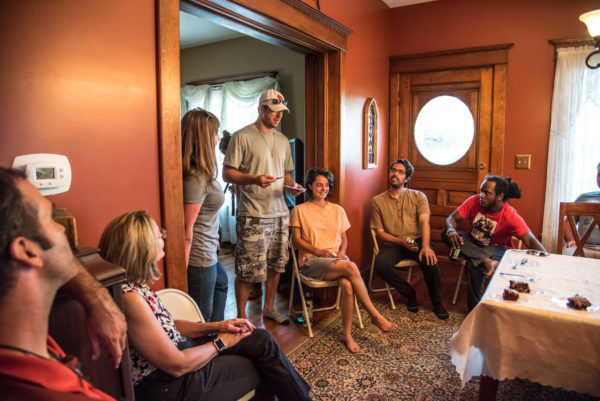
Our host Graham Christensen (center) speaking at the roundtable discussion. (Photo: Alexis Bonogofsky)
It’s not just about re-creating what once was. With the potential to generate more (and more rewarding) jobs on labor-intensive regenerative farms, this is a future that can offer dignified livelihoods to all agricultural workers—and it can bring high-quality food to neighboring cities, getting it into the hands of the poor and communities of color who need it most. In fact, building these broader coalitions is the surest way to overcome the Big Ag behemoth, by forging a movement with even greater force.
That’s why this group of Nebraskans is coming together to advance a truly holistic solution: a food pipeline to bridge the urban/rural divide, constructed on principles of justice, solidarity, and respect for ecological limits—funneling connection, health, and community to everyone on its path.
Davey Road Ranch, for example, is a supplier for Lone Tree Foods, a farmer-owned cooperative that connects “local farms with local buyers” in Nebraska and Iowa. Any producer that meets the co-op’s environmental and labor standards can join, allowing them to combine forces with more than 40 regenerative member farms to lower costs and meet bigger orders. This is exactly the kind of model Nate Belcher has in mind when he talks about fighting vertical integration with horizontal integration: rather than hoarding and wielding power, the horizontal model is about “bringing people together—because when one of us benefits, we all benefit.”
When I ask Davey Road’s Ben Gotschall what kind of structural changes could take this to the next level, he responds that public school systems and universities sourcing their food from regenerative, worker-owned co-ops like Lone Tree—while educating young people about the underlying science and techniques—would be a game-changer. (Lone Tree already supplies food to Nebraska’s treasured college football team, the Cornhuskers.) And at the listening session in Del’s dining room, the discussion ends with several calls to partner with diverse, marginalized allies in the fight for food justice. Two of the participants already do permaculture and community gardening work with Omaha’s Black and Latinx neighborhoods, and Del is collaborating with the Pawnee Nation in Oklahoma to grow sacred corn and revive bison herds on their land.For us, these exchanges bring out the full meaning of “regenerate”: not just to grow something back, but to remake it for the needs of a new moment. It helps us understand how quickly Jim Knopik’s story can shift to a hopeful one. We learn that he played an important role in resurrecting Nebraska’s cooperative farming model (later taken up by Lone Tree), building close relationships with customers who bought directly from the farm, and that his family has continued to expand those networks. Now, all of his four adult kids live “within 25 miles,” and two of his grandchildren are preparing to farm some of the best land in the state.
“What I’ve been trying to do is put North Star back on the map again,” Jim says, with its “little post office” and grocery store, and similar villages “scattered about every six or seven miles around. That’s kind of my dream, and I think it’s a dream that can return.”
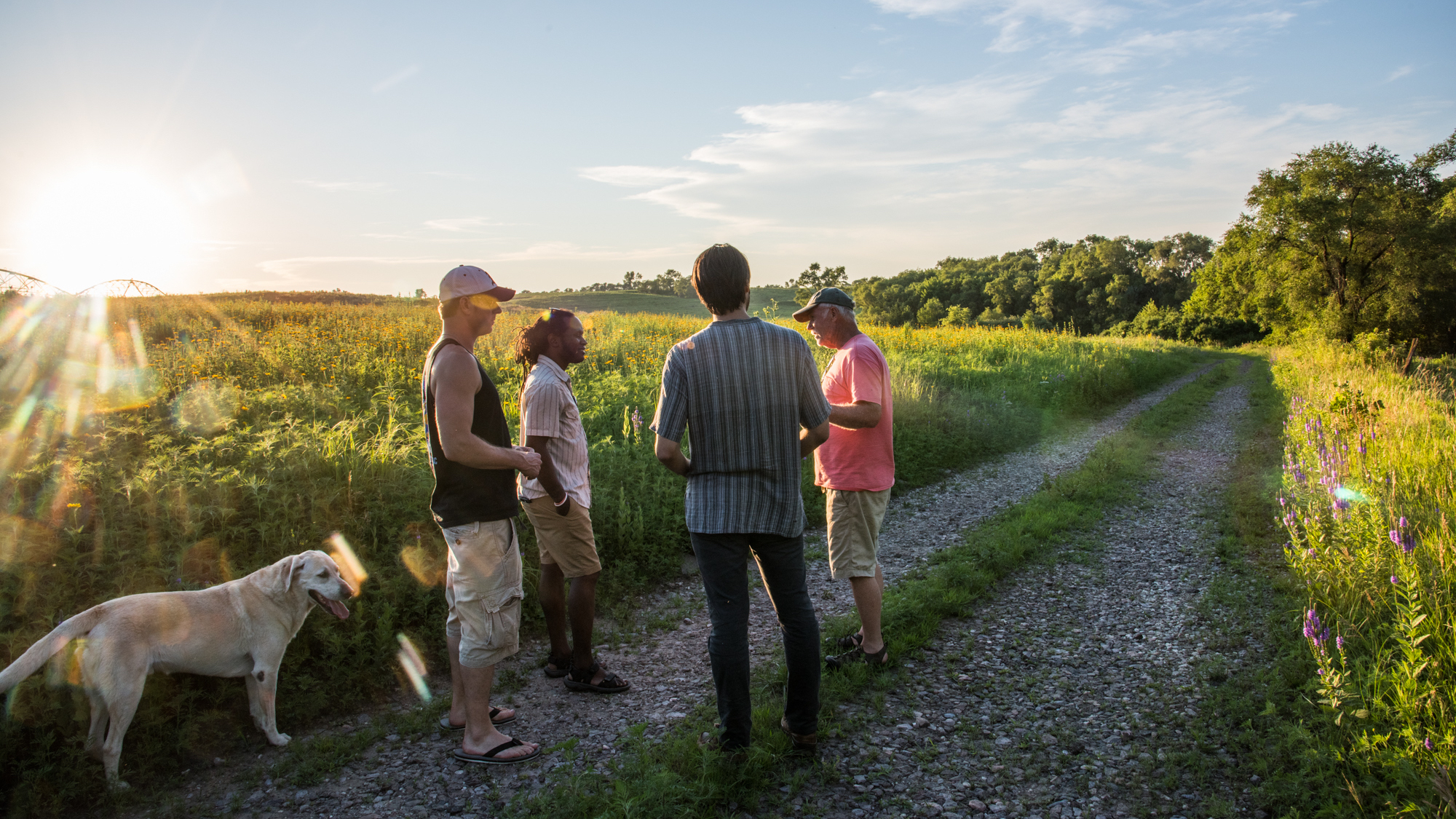

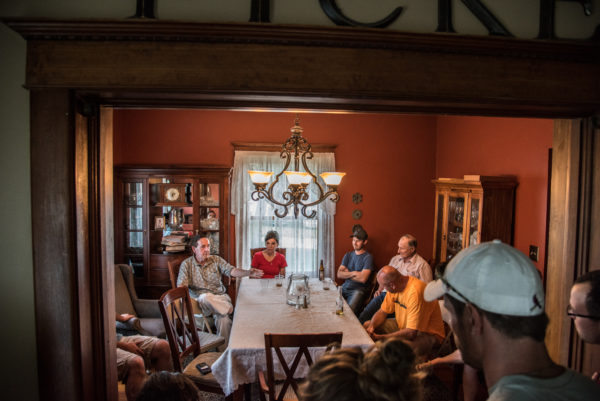


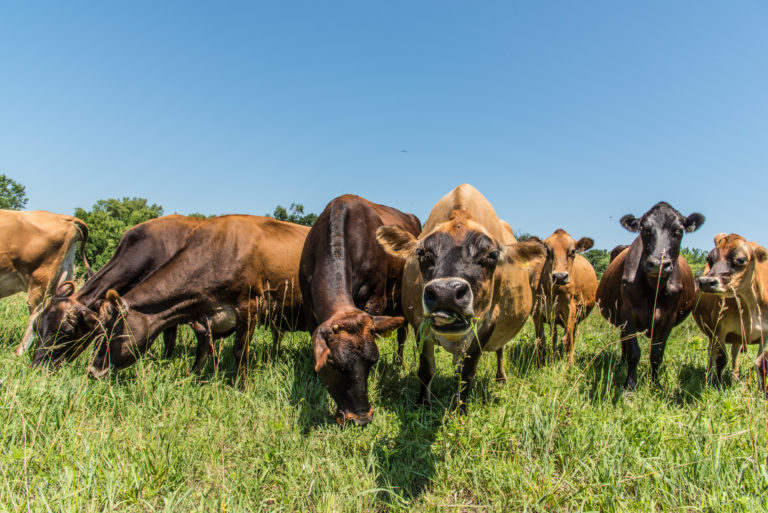



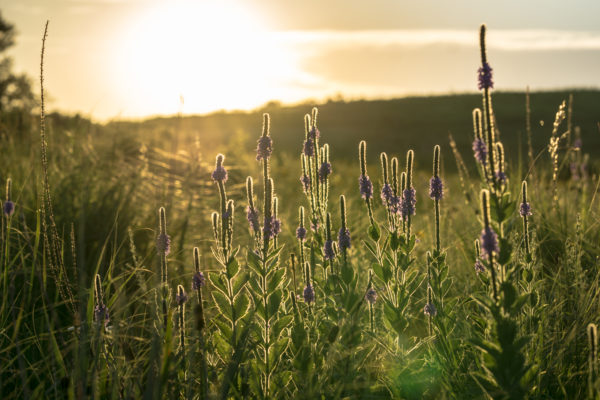
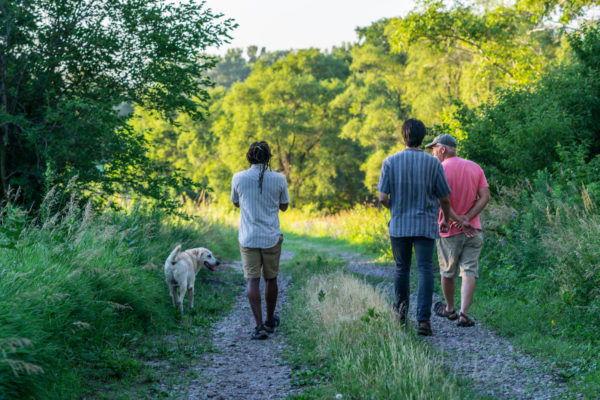
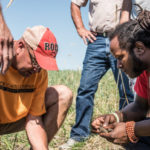
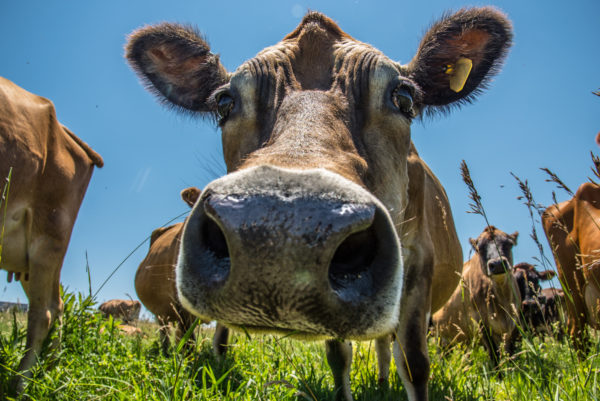




I hope legislators/ranchers truly believe in saving local farms…let’s talk about legislators who get heads up before general citizenry, like Al Davis of Nebraska who indicated some towns will be saved, some towns will go away, wonder which it is, he has purchased shares in Niobium extraction in Elk Creek Nebraska — it he and others “saving” the town or are they going away (while making previous legislators richer, bankers and corporations richer) Will farmer’s livelihood be less important ?
Mr Callicrate, do you know the dillemma of Johnson County, Iowa on Grant Schultz’s Versaland regarding zoning, requirements that he partially pay for bridge, road widening, compared to a Poor Farm or New Century Farms which are exempt from such charges?
Katherine L Gerber—perhaps you better study your facts before making an accusation like that. My purchase of stock at Elk Creek took place in 2011, a year BEFORE I was elected to the Legislature.